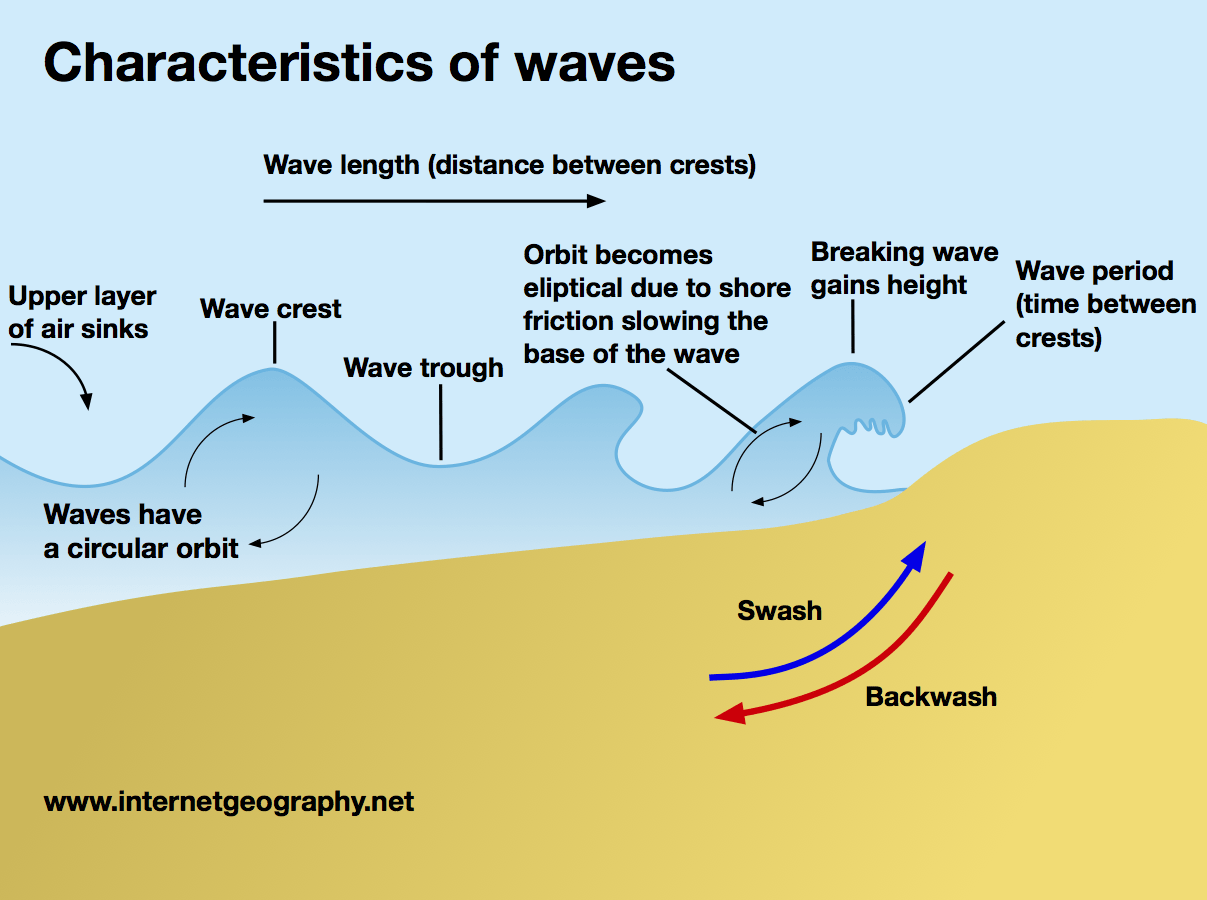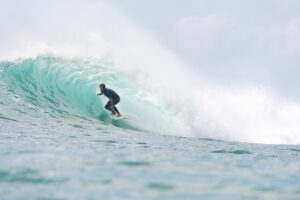
We have put together a comprehensive guide to understanding the types of waves and parts of a wave that you need to know before you hit the waves on your next surfing adventure. In this guide, we will cover everything from the basic principles of wave formation to the different types of waves you may encounter and how to read them.
Unlocking the Secrets of Wave Formation: Your Ultimate Guide
To understand the different types of waves, it’s important to first understand the basics of wave formation. Waves are created when wind blows over the surface of the water, transferring energy to the water and causing it to move. This movement creates a disturbance in the water that travels outward, creating the wave.
The size and shape of the wave are determined by several factors, including the strength and direction of the wind, the distance over which the wind blows, and the depth of the water. Waves can vary in size from small ripples to massive swells that can reach heights of over 100 feet.
The Parts of a Wave
To fully understand the different types of waves, it’s also important to understand the different parts of a wave. The three main parts of a wave are the crest, trough, and wavelength.
- The crest is the highest point of the wave.
- The trough is the lowest point of the wave.
- The wavelength is the distance between two consecutive crests or troughs.
Types of Waves
There are several different types of waves that you may encounter while surfing, each with its own unique characteristics. Here are the most common types of waves:
Spilling Waves
Spilling waves are the most common type of wave and are characterized by a smooth, rolling break that gradually loses energy as it moves towards the shore. These waves are ideal for beginner and intermediate surfers, as they provide a relatively predictable and consistent ride.
Plunging Waves
Plunging waves are steeper and more powerful than spilling waves, and are characterized by a steep, curling crest that breaks violently towards the shore. These waves are popular with more experienced surfers who enjoy the challenge of riding the barrel and performing tricks.
Surging Waves
Surging waves are similar to spilling waves, but are steeper and more powerful. They are characterized by a steep, unbroken face that rises and falls in a continuous motion. These waves are ideal for experienced surfers who are looking for a challenging ride.
How to Read Waves
Reading waves is a skill that takes time and practice to develop, but it’s essential for any surfer who wants to catch the best waves. Here are some tips for reading waves:
- Look for the peak of the wave, which is the highest point where the wave is breaking.
- Watch how the wave is breaking – is it spilling or plunging?
- Look for any obstacles in the water, such as rocks or sandbars, which can affect the shape and size of the wave.
- Watch the other surfers – where are they positioning themselves in the water? This can give you clues about where the best waves are breaking.
Conclusion
Understanding the types of waves and parts of a wave is essential for any surfer who wants to improve their skills and catch the best waves. By knowing the different types of waves and how to read them, you’ll be able to confidently navigate the water and enjoy a safe and thrilling surfing experience.





